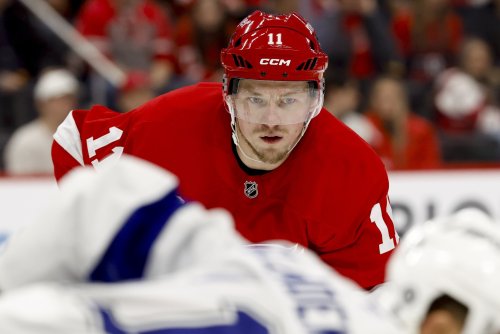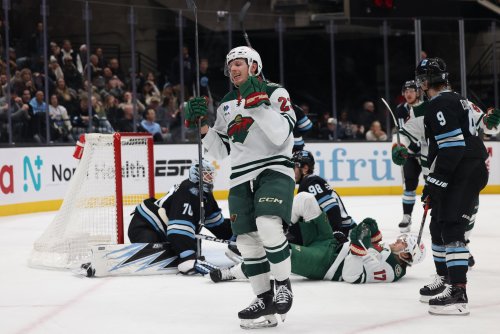
So far, this NHL season, there are 10 players with concussion or head injuries; 4 are hold overs from last year. The season is less than a month old. In the 2011-2012 season, there were 90 concussions and 1,779 man games lost to concussion alone. If you break this down, 21.7 players would have missed the entire season due to concussion. That's almost an entire team roster, folks. That's not good.
Today, I'm going to take a look at the NHL's concussion policy, compare and contrast it with the concussion policy of the NFL, and discuss what can be done to improve it.
The current concussion policy for the NHL went into effect March 16, 2011. Prior to this, a player suspected of having a concussion was examined on the bench. Now, the athlete is examined in a quiet area, away from play and distraction. The team doctor decides when a player can return to play. If a player has a concussion and is sidelined, they must be symptom free, and concussion tests must return to baseline before they can return to action. Players are examined in the arena using the SCAT2. Their baseline and subsequent concussion testing is done using ImPACT.
The SCAT2 stands for Sports Concussion Assessment Tool 2. It is approved for athletes aged 10 and older. It has categories for symptom evaluation, physical signs, the Glasgow coma scale, which is a measure of responsiveness, sideline assessment to test orientation, a cognitive assessment, balance and coordination assessment and a repetition of the cognitive assessment. The lower the score from baseline, the increased chance the player has a concussion, however, the test alone is not an indicator of concussion; medical judgement still needs to be used. The imPACT is a more in depth, computerized version of the SCAT2. Again, the lower the score, the greater the likelihood of concussion.
The NFL is another league with a concussion problem. There were 190 concussions reported in 320 games last season, which makes the NHL's numbers pale in comparison. Both leagues use preseason baseline testing. Both use SCAT2 and ImPACT. In the NFL, after injury, a player is evaluated and returned to action by the team medical staff. A sidelined athlete, however, must be cleared by team medical staff AND an independent consultant. Both have to sign off. The independent consultant is where the NFL and the NHL differ.
So what can the NHL do? Aside from following the guidelines set forth by the Fourth International Consensus Conference on Concussion in Sport in Zurich, which boils down to "when in doubt, sit them out," and following the recommendation on the SCAT2 that an athlete should not be returned to play the same day as injury, the biggest thing the league can do is educate the players on the risks of concussion and immediate return to play.
Concussion symptoms may not show up for 24-48 hours after the hit occurs, so rinkside testing may be worthless in some cases. Players need to be educated on the effects of returning too soon, such as second impact syndrome, which is brain swelling that can be life threatening if a second concussion occurs while still recovering from the first concussion. Another complication is post concussive syndrome. This is where concussive symptoms linger even after the concussion has resolved.
For whatever reason, the current league policy is failing. The burden of concussion prevention lies with the players. It is their responsibility to avoid hits to the head, to not cover up concussion symptoms so they can return to the ice sooner and to take a stand. It's not about winning games. It's about protecting brains for use after a hockey career is over.
Think you could write a story like this? Hockey Wilderness wants you to develop your voice, find an audience, and we'll pay you to do it. Just fill out this form.








Recommended Comments
There are no comments to display.
Join the conversation
You can post now and register later. If you have an account, sign in now to post with your account.
Note: Your post will require moderator approval before it will be visible.